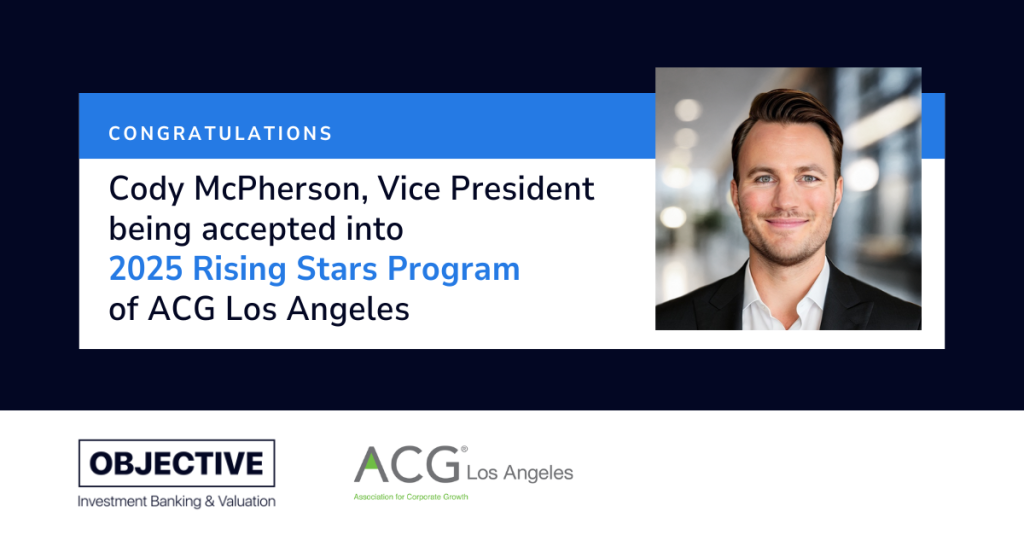How do investment banking fees work?
If you are a business owner contemplating the sale of your business, there is one primary question that tends to arise: How do investment banking fees work? An investment banker’s expertise can often significantly increase the sale price and raise the probability of completing a successful transaction. However, before getting started with an investment bank, you want a clear understanding of what fees to expect.
We are passionate advocates for our clients and feel transparency is a critical aspect of that relationship. As such, below we explore insights and best practices associated with investment banker fees.
Investment banking fees often follow a common structure, however, the subtleties of that structure are important to pay attention to. Compensation to the advisors typically takes the form of a success fee and retainers.
Success Fees
Most investment banking fees are structured with a success fee component that is paid at the completion of a sale transaction. These success fees typically represent the majority of compensation paid to an advisor, and are often structured as a percentage of transaction value.
A simple, flat success fee percentage tends to be a favored pricing structure and can be appropriate for many situations, as explained by Kourtney Nelson in a recent article titled “Transaction Advisor Fees: Is The Success Fee Model Working For Our Industry?”. One such applicable situation is when there is limited financial information with which to determine a tight valuation range (typically when a multiple of a financial metric is inappropriate for valuation purposes) and an “average” market sale price for the company is difficult to determine. In such cases, the range of sale values can be wide, and as such, a simple, flat percentage incentivizes the advisor to maximize price.
Objective Capital’s Approach to Success Fees
At Objective Capital it is our practice to collaboratively work with our clients to tailor the fee structures to their specific situation, ensuring the fee structure aligns incentives between seller and advisor and incorporates available intelligence.
At Objective Capital we are often looking for opportunities for further alignment between Company and Advisor. For example, in situations where an “average market value” for the business can be better determined (typically when a multiple of a financial metric can be used for valuation purposes) it can be effective to establish a structure in which the Advisor’s fee reflects a below average fee for the portion of the sale value below the average value, and an above average fee percentage for the portion of the sale value above the average value. We find that owners gravitate toward this approach as it highly aligns the Company and Advisor around maximizing the sale price.
Retainers
The other common component of investment banking fees is the retainer which is paid throughout the term of the sale process. A retainer component is necessary because there is a significant amount of work that goes into the sale preparation, marketing, negotiation, and due diligence phases of the sale process.
The industry is now moving away from large upfront retainer fees which were previously common for middle-market transactions. This is understandable considering it is difficult to justify paying an advisor a large amount of money upfront before validating that they are the right partner, or feeling confident in a successful process.
This has led to smaller monthly retainer payments becoming the norm, which better aligns Company and Advisor as it requires the investment bank to demonstrate value each month of the relationship.
Objective Capital’s Approach to Retainers
It is Objective’s philosophy that in most situations, monthly retainer fees should be sized only to cover a portion of the Advisor’s expenses, not represent a profit center, keeping the Advisor motivated and hungry for the success fee. Additionally, Objective feels strongly that 100% of the retainers paid to the Advisor should be credited against the success fee. Crediting retainer payments against the success fee ensures the Advisor does not receive more compensation the longer the engagement runs. The credit approach results in a balancing alignment in which the Advisor is incentivized to achieve the maximum sale price while doing so in the shortest duration feasible.
Regardless of the investment banking fee structure you subscribe to, owners should first and foremost seek to work with an advisor who makes decisions in the Company’s best interest, not theirs, no matter the incentive. If you’re interested in engaging an experienced, tenacious investment banking firm to broker the sale of your business, contact us today to arrange a confidential discussion.








